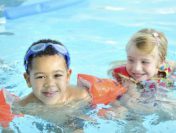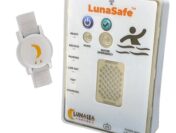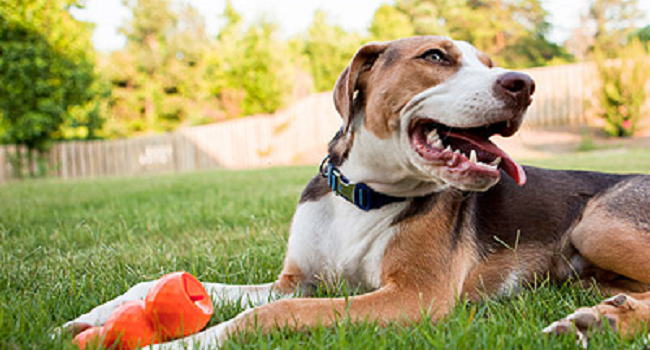A PFD – the abbreviation for a “personal flotation device†– is a wearable piece of equipment used by boaters and water sports enthusiasts to enhance buoyancy and improve survival in the water. Some PFDs are designed to keep the wearer’s head above water and stay in a position that permits proper breathing even if the person is unconscious.
There are many types and styles of PFDs. According to the USCG, “The best PFD is the one you will wear!â€Â If you are shopping for a PFD for recreational use, here are some of the most frequently asked questions about adult PFDs.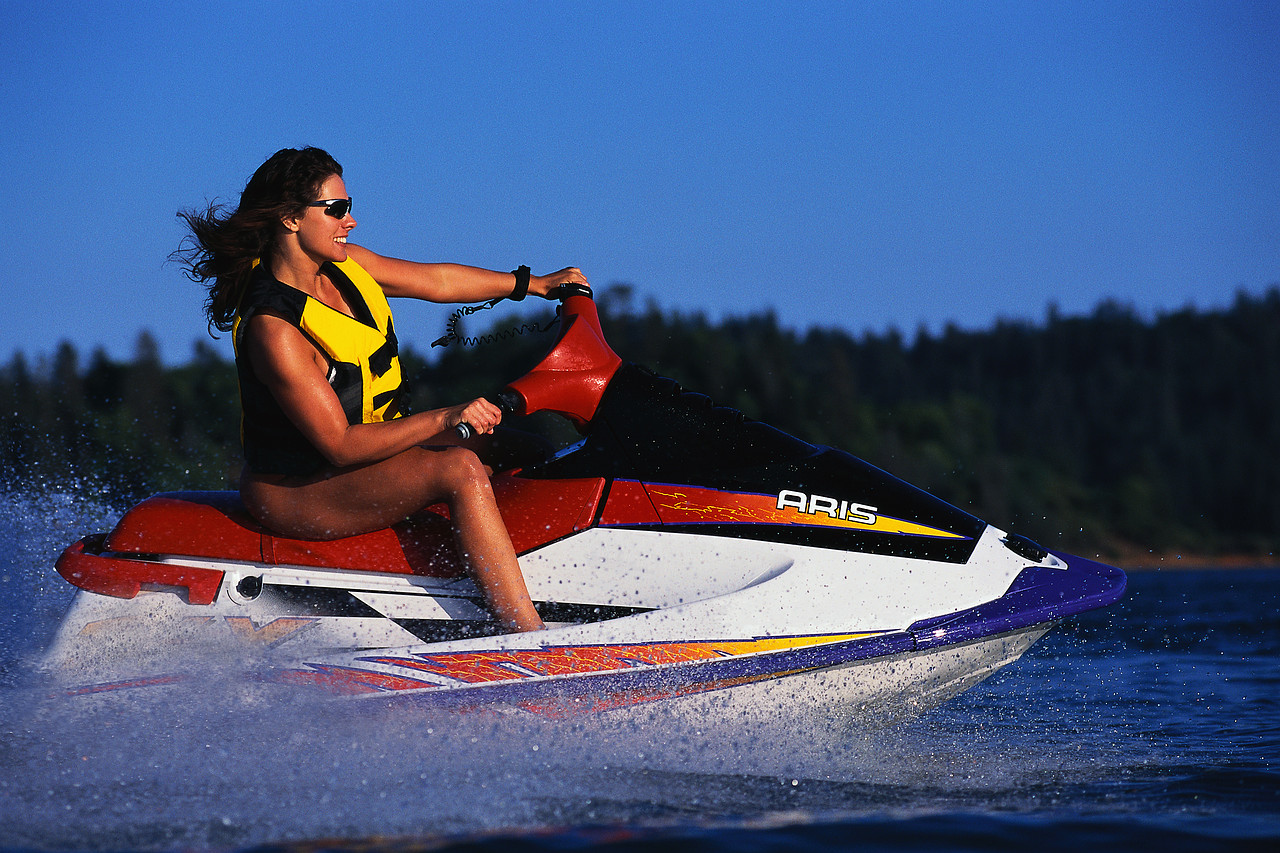
Is there a difference between a “life vest†or “life jacket†and a PFD?
No, life vests and life jackets are simply types of PFDs. The U.S. Coast Guard (USCG) has five categories of PFDs.  USCG and State Law Enforcement agencies require and/or recommend different types of PFDs for different activities. It is a good idea to check with the requirements for your state before selecting your PFD.
Who should use a PFD?
To meet U.S. Coast Guard requirements, all recreational boats must carry one wearable U.S. Coast Guard-approved PFD for each person aboard that is: (1) in good condition and (2) readily accessible. Â Any boat 16 feet and longer (except canoes and kayaks) must also carry one throwable PFD, such as a ring buoy.
All states have regulations requiring that children wear a life vest while in a boat. The USCG also recommends that anyone operating a human-powered boat (such as a canoe or kayak) wear (not just carry!) a PFD. Water skiers, paddlers, hunters, anglers, swimmers and non-swimmers should also wear a PFD. There are sizes and styles of PFDs for men, women, children, infants and pets.
Â
What are the five USCG categories of PFDs?
Â
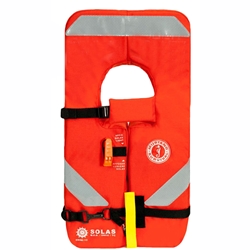 Type I – Offshore Lifejacket — This PFD is designed for extended survival in rough, open water. A Type I PFD usually will turn an unconscious person face up and has over 22 pounds of buoyancy. This is the best PFD to keep you afloat in remote regions where rescue may be slow in coming.
Type I – Offshore Lifejacket — This PFD is designed for extended survival in rough, open water. A Type I PFD usually will turn an unconscious person face up and has over 22 pounds of buoyancy. This is the best PFD to keep you afloat in remote regions where rescue may be slow in coming.
Type II – Near Shore Buoyant Vest — This “classic” PFD comes in several sizes for adults and children and is designed for calm inland water where there is chance of fast rescue. Type II PFDs are recommended for children and infants. They are less bulky and less expensive than a Type I and many will turn an unconscious person face-up in the water.
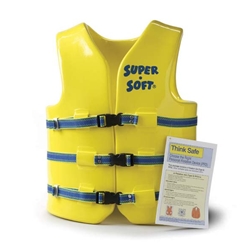 Type III – Flotation Aid — These life jackets are generally considered the most comfortable. They are designed for use in calm water where there is good chance of fast rescue since they will generally not turn an unconscious person face-up. Type III PFDs come in many sizes and styles, including classic style life jackets and life vests designed for paddling sports.
Type III – Flotation Aid — These life jackets are generally considered the most comfortable. They are designed for use in calm water where there is good chance of fast rescue since they will generally not turn an unconscious person face-up. Type III PFDs come in many sizes and styles, including classic style life jackets and life vests designed for paddling sports.
Type IV – Throwable Device — These are designed to be thrown to a person in the water (not worn) in the event of a “man overboard†emergency and include boat cushions, ring buoys, and horseshoe buoys. They must be supplemented by a wearable PFD and they should not be used for small children, non-swimmers, or unconscious people.
Type V- Special-use Devices — These are specialized PFDs for specific activities. To be acceptable by the USCG, they must be used for the activity specified on the label. Varieties include kayaking, waterskiing, windsurfing, hybrid vests and deck suits.
What about inflatable PFDs?
 Inflatables are a newer subcategory of Type V PFD that provide on-demand inflation using pressurized CO2 gas that is activated by a pull-cord (or a backup inflation tube you blow into). Uninflated, these inflatables have a slim profile so they are less bulky and generally more comfortable to wear.  There are a variety of USCG-defined performance types of inflatable PFDs, including inflatable life vests and inflatable belt packs, which are very popular with stand-up paddleboarders and anglers.
Inflatables are a newer subcategory of Type V PFD that provide on-demand inflation using pressurized CO2 gas that is activated by a pull-cord (or a backup inflation tube you blow into). Uninflated, these inflatables have a slim profile so they are less bulky and generally more comfortable to wear.  There are a variety of USCG-defined performance types of inflatable PFDs, including inflatable life vests and inflatable belt packs, which are very popular with stand-up paddleboarders and anglers.
USCG-approved inflatable life jackets are authorized for use on recreational boats by persons at least 16 years of age. Note that the USCG does not recommend inflatable PFDs for non-swimmers and for use on personal watercraft, water-skiing and similar water sports.
How do I pick the right PFD?
Most adults only need an extra seven to twelve pounds of buoyancy to keep their heads above water. A proper-fitting PFD can give that “extra lift” to keep you floating until help comes.  Choose a PFD based on the activity you plan to use it for and how it fits your size and weight.
The USCG provides these guidelines for choosing the well-fitting life vest style PFD:
1) Check the manufacturer’s label to ensure that the life vest PFD is a proper fit for your size and weight.
2) Make sure the life vest is properly fastened.
3) Hold your arms straight up over your head and ask a friend to grasp the tops of the arm openings and gently pull up.
5) Make sure there is no excess room above the openings and that the life vest does not ride up over your chin or face.
For the best fit, try out your life vest PFD in shallow water under safe and supervised conditions.
Source:Â United States Coast Guard


